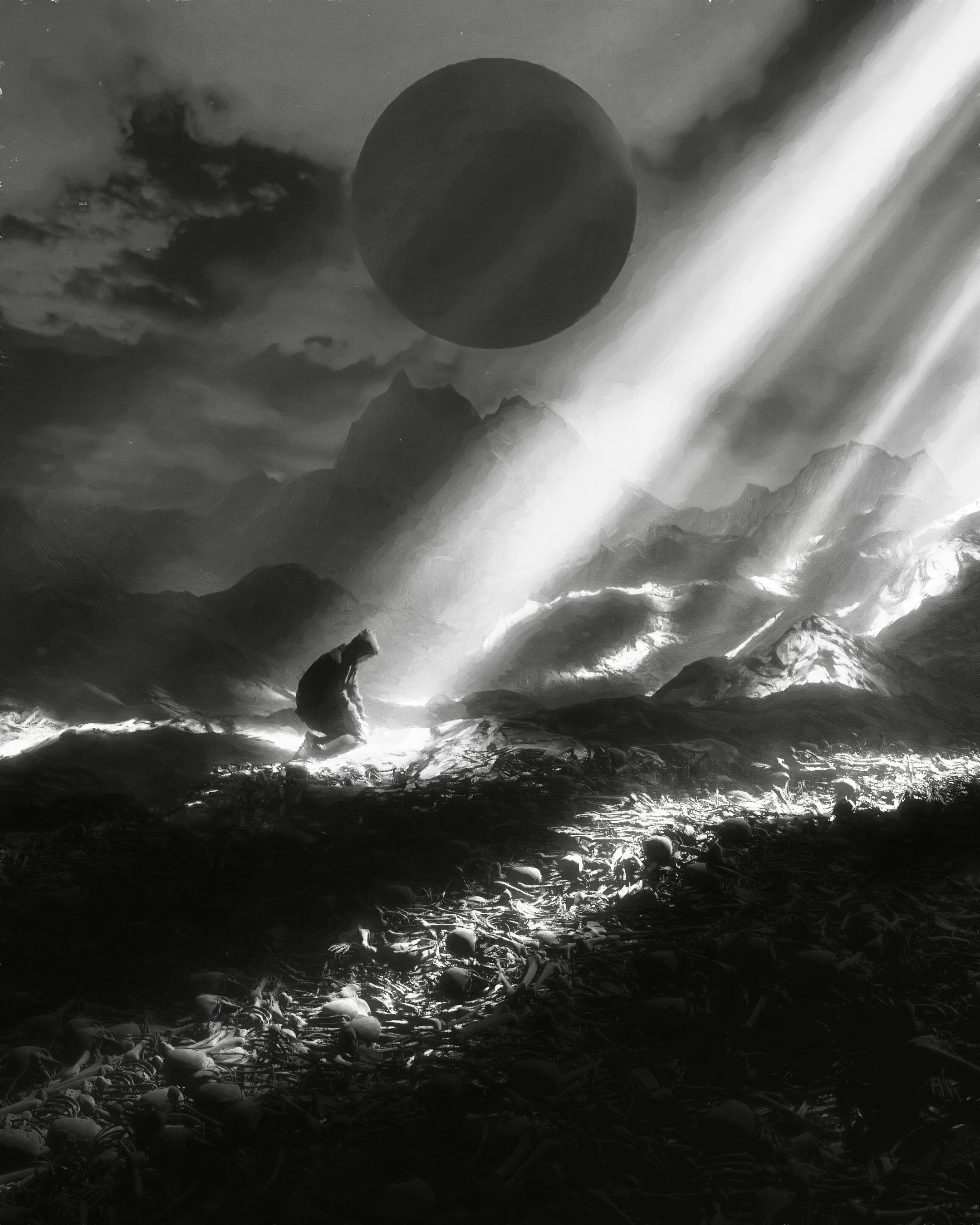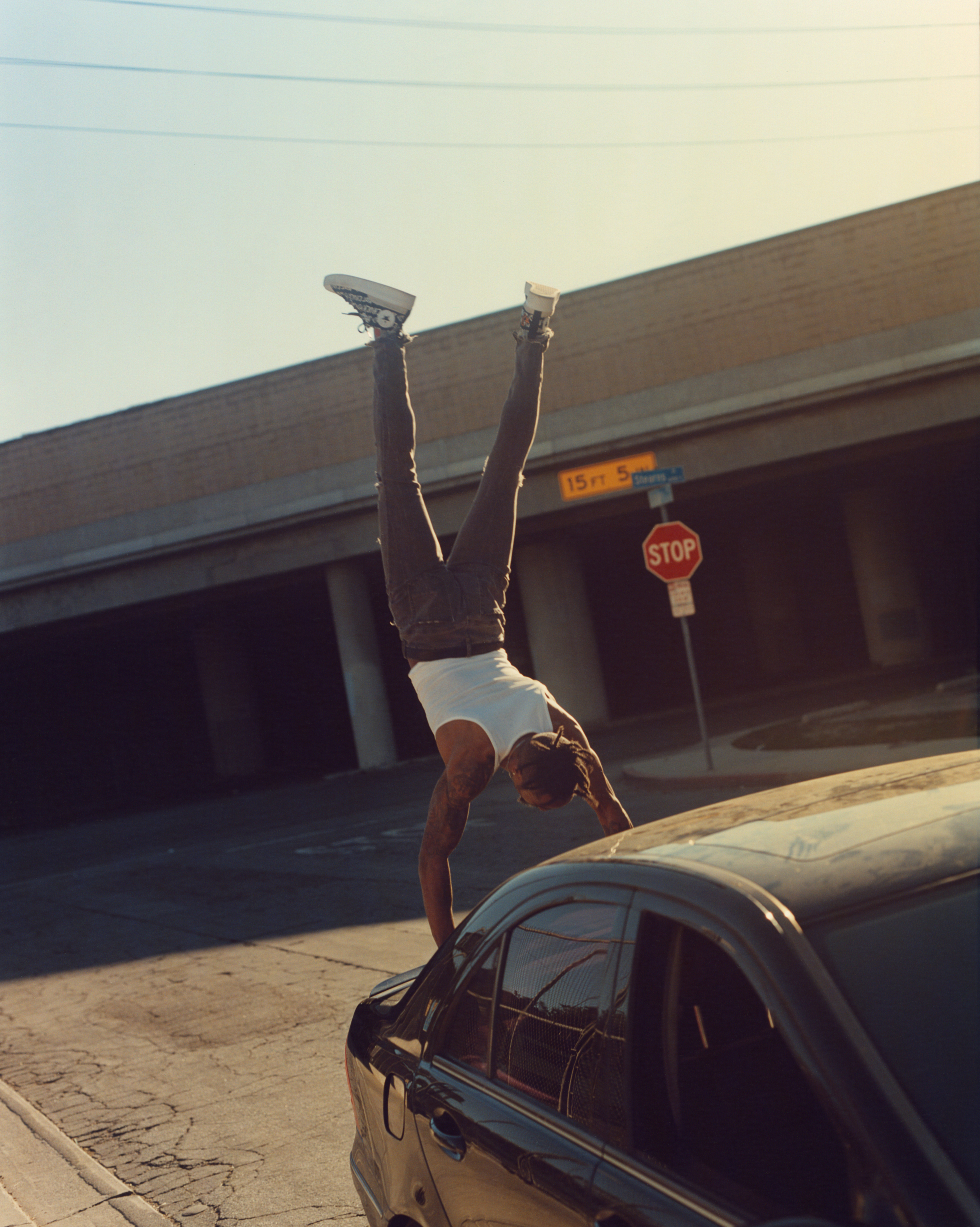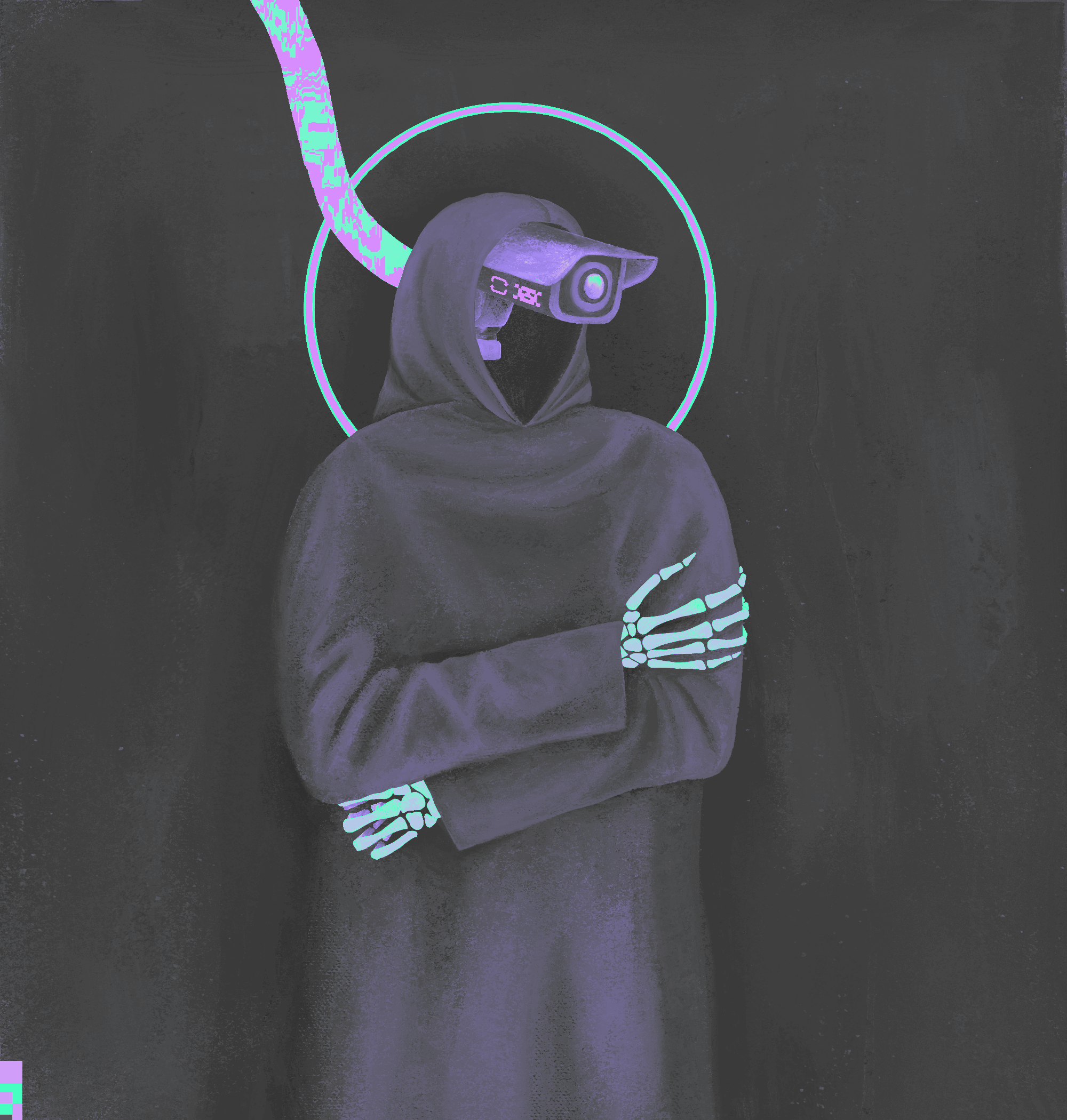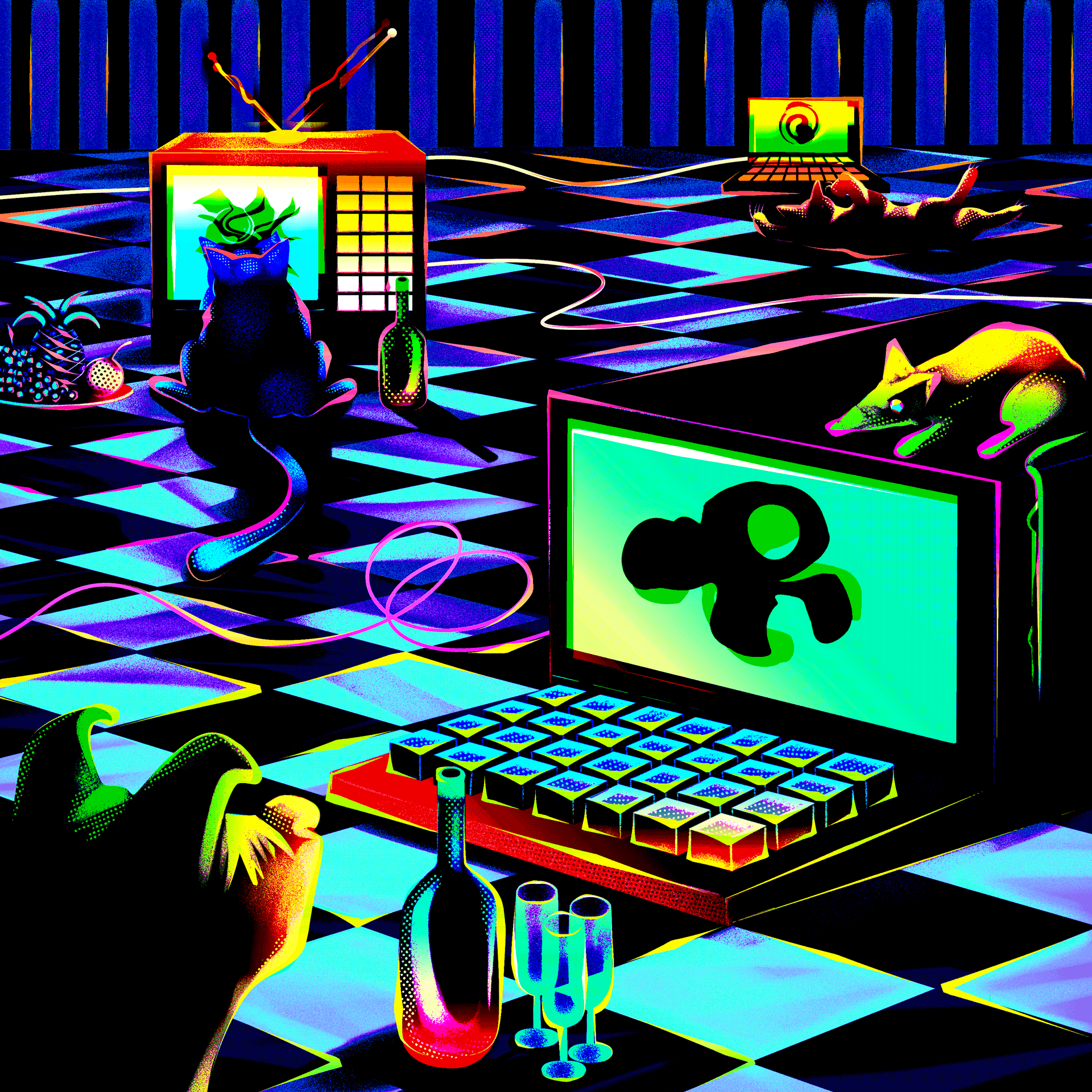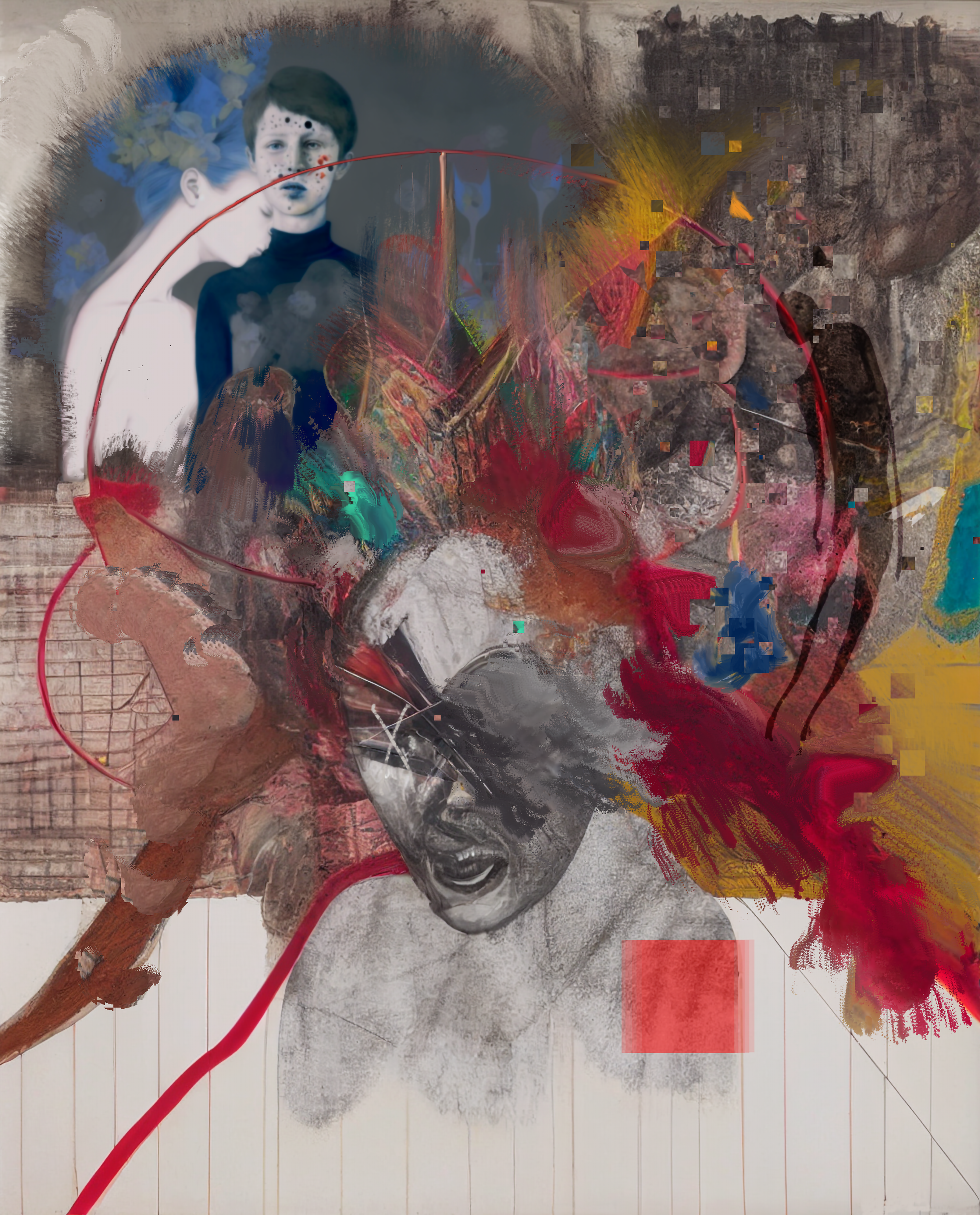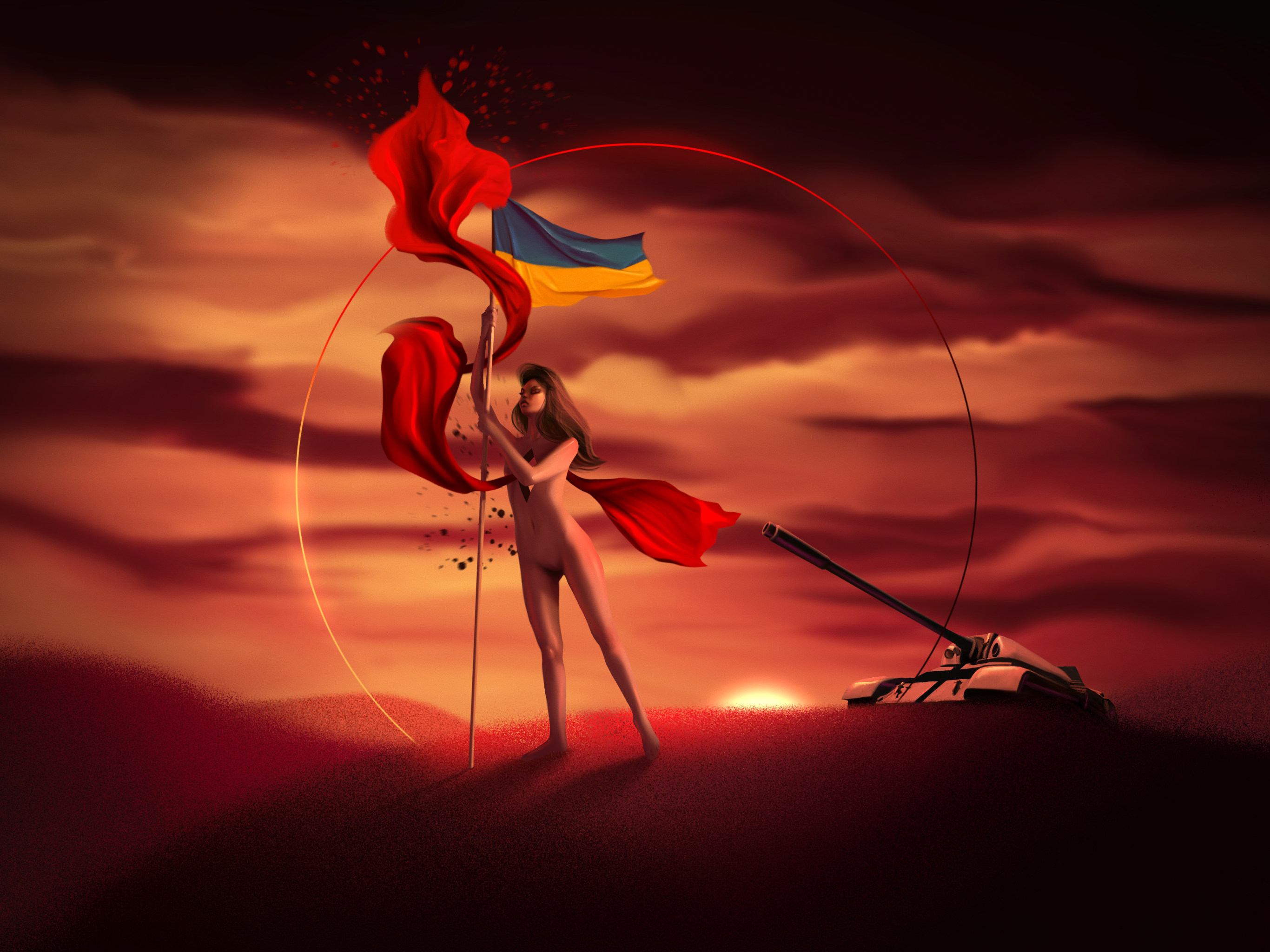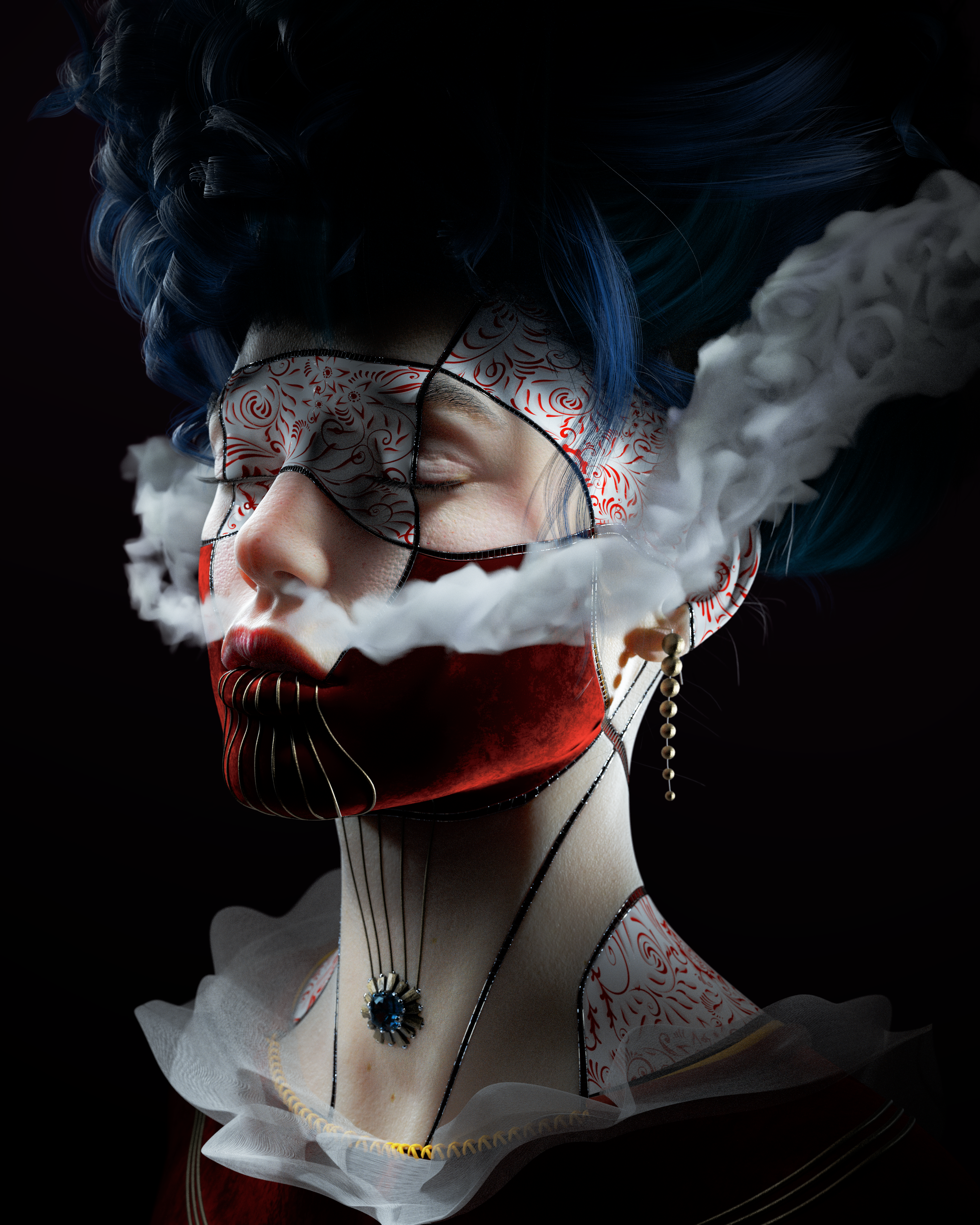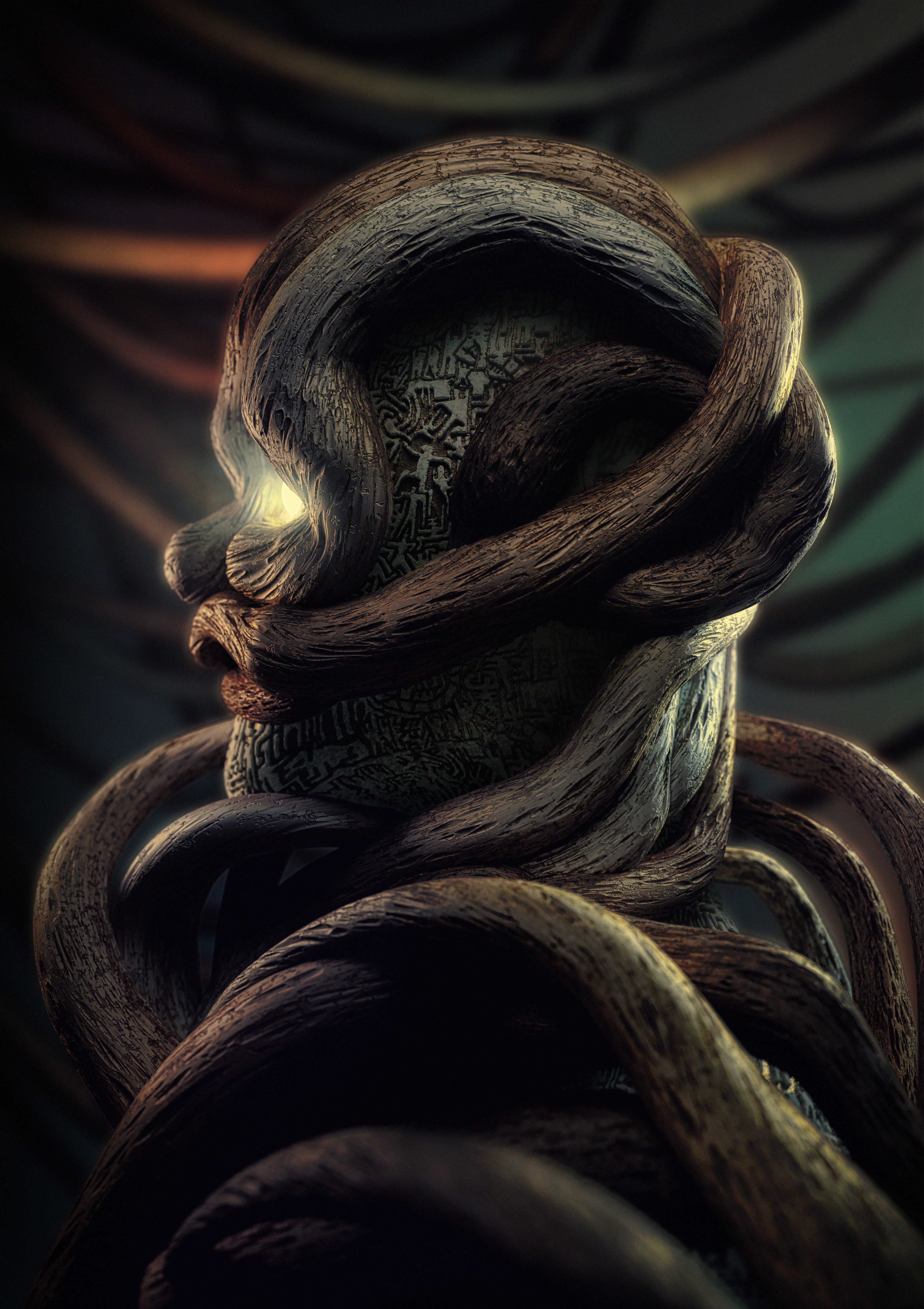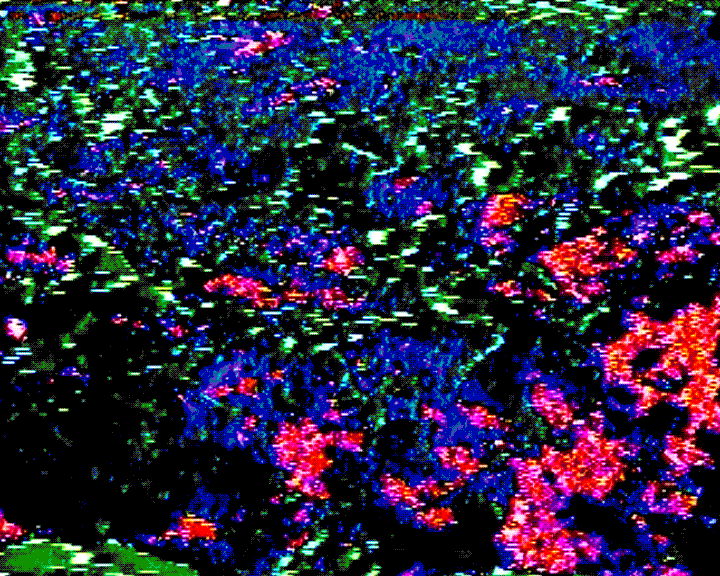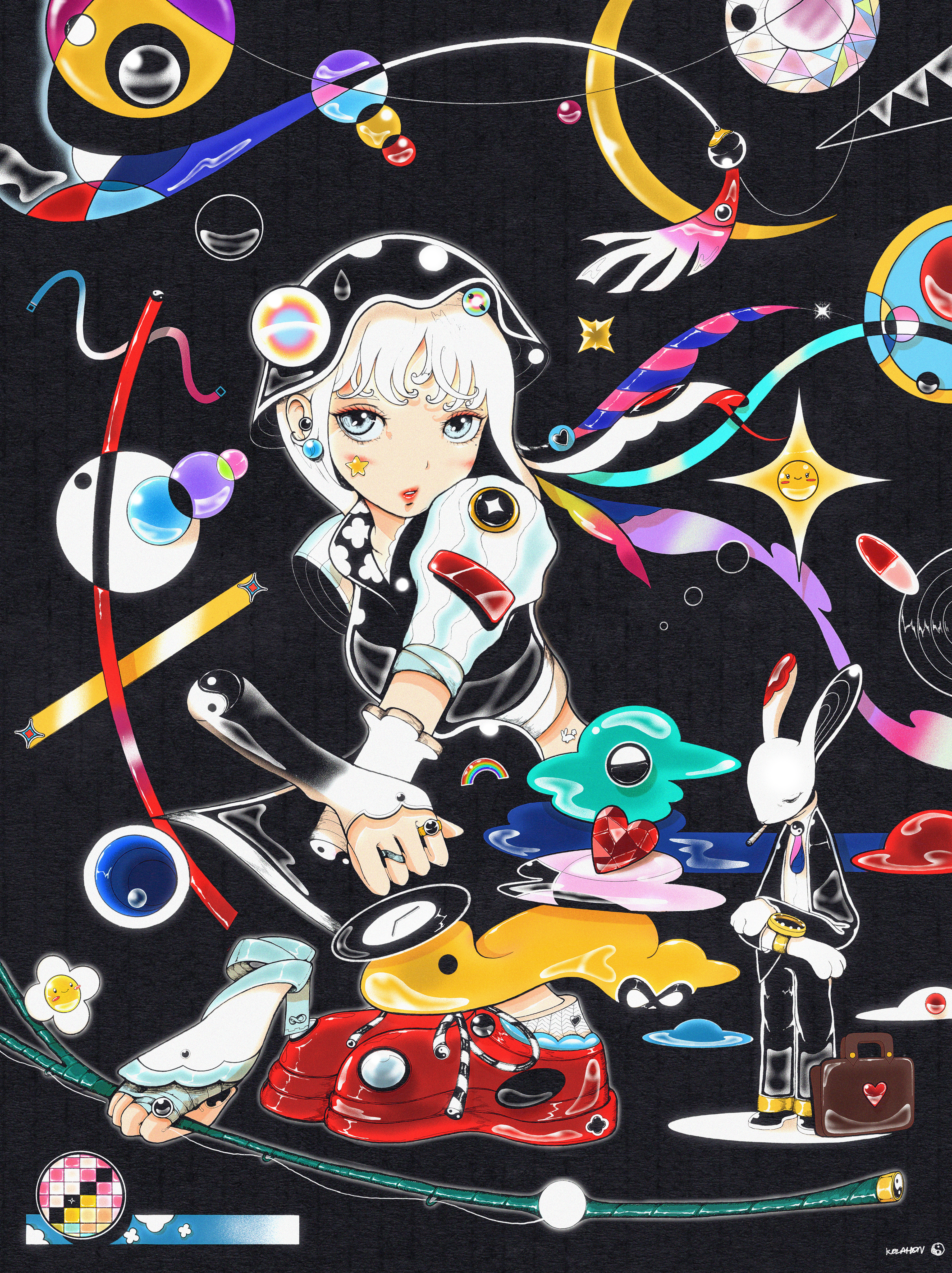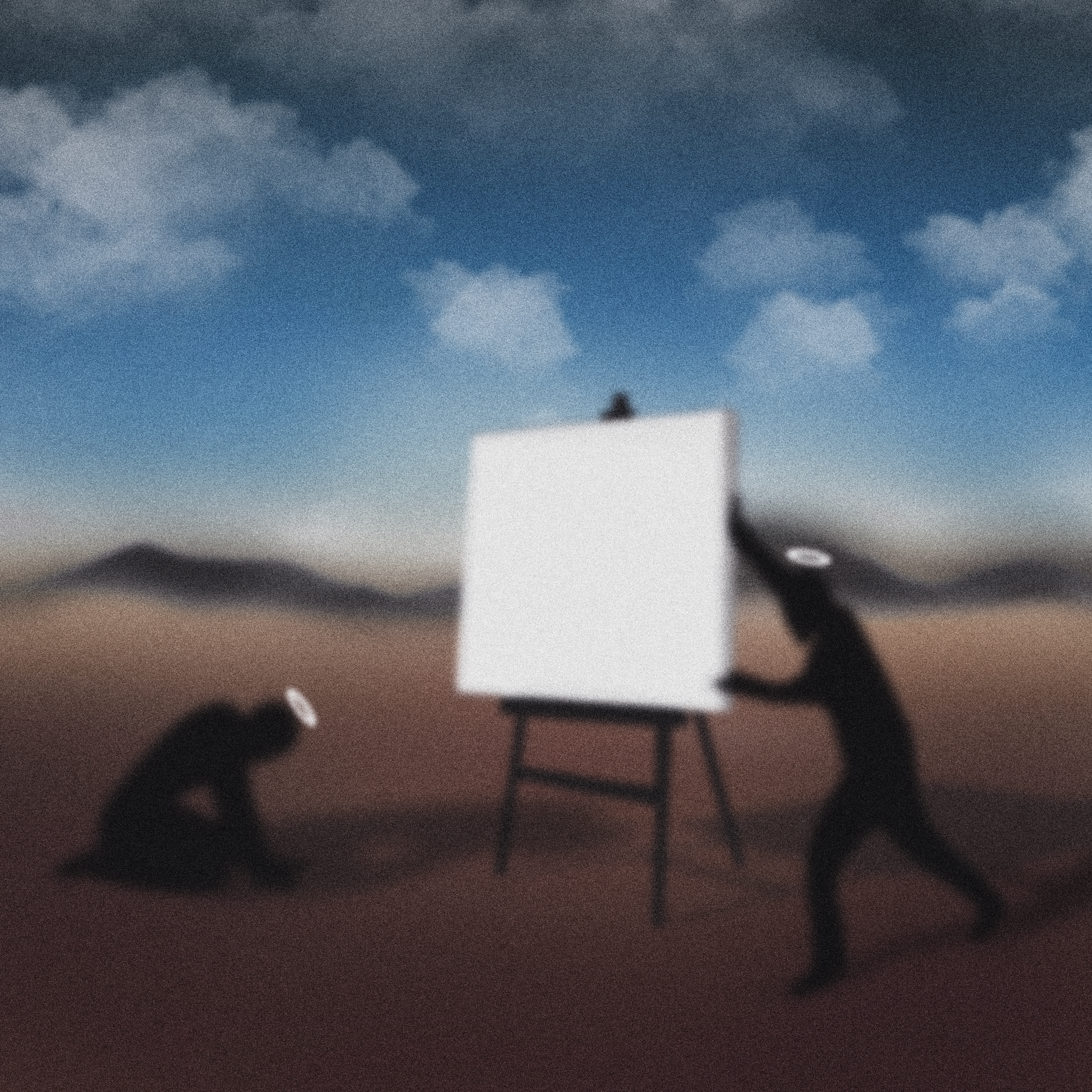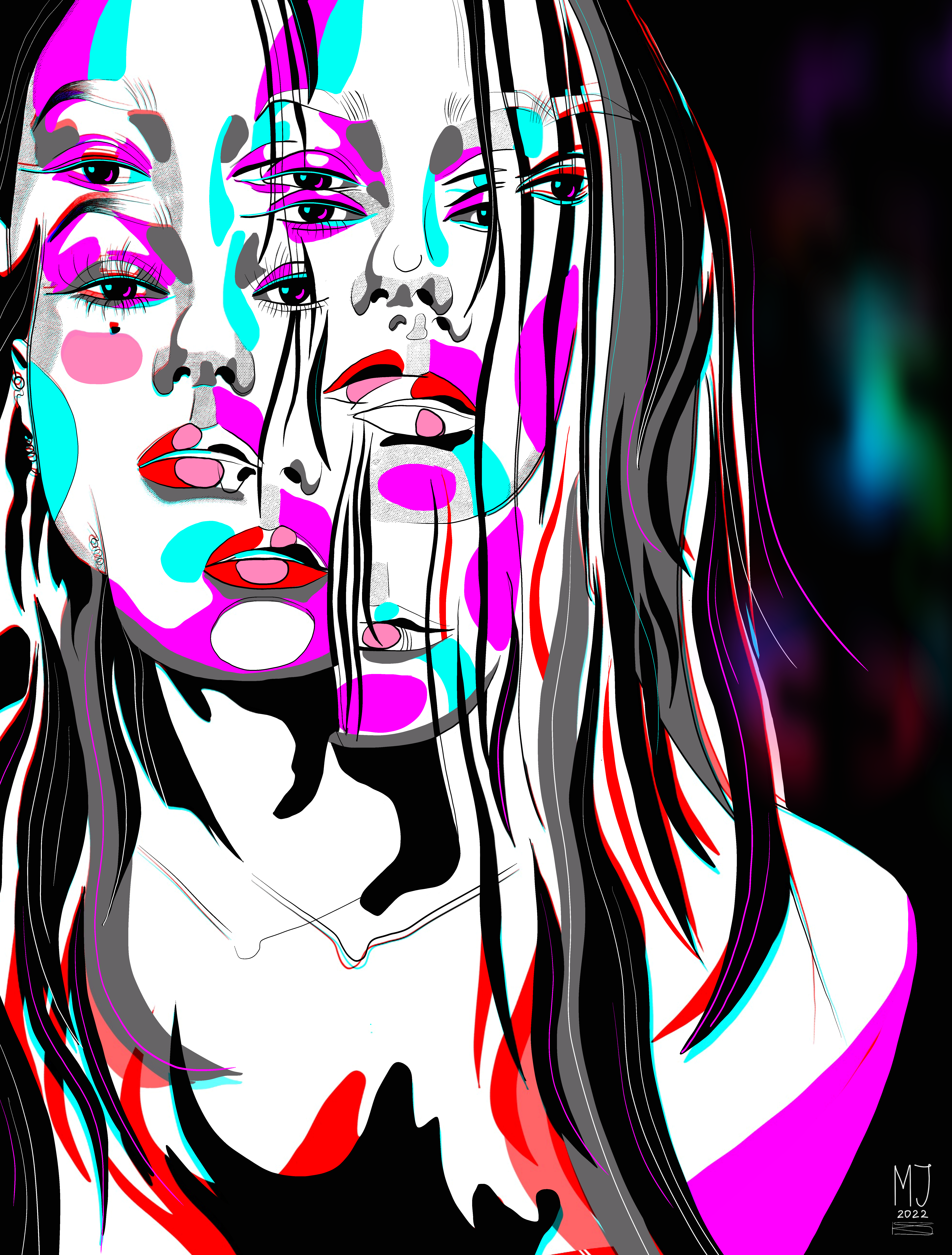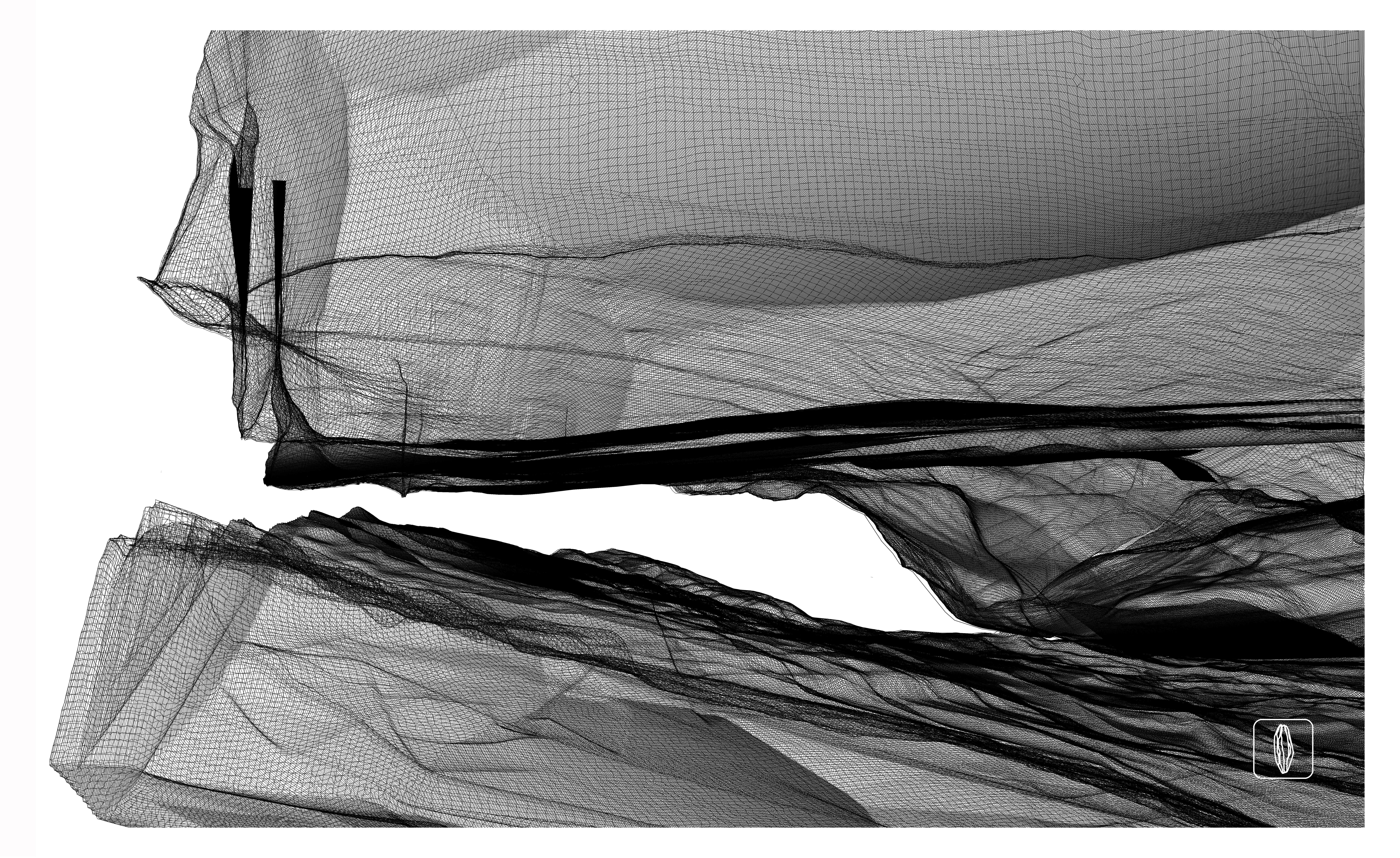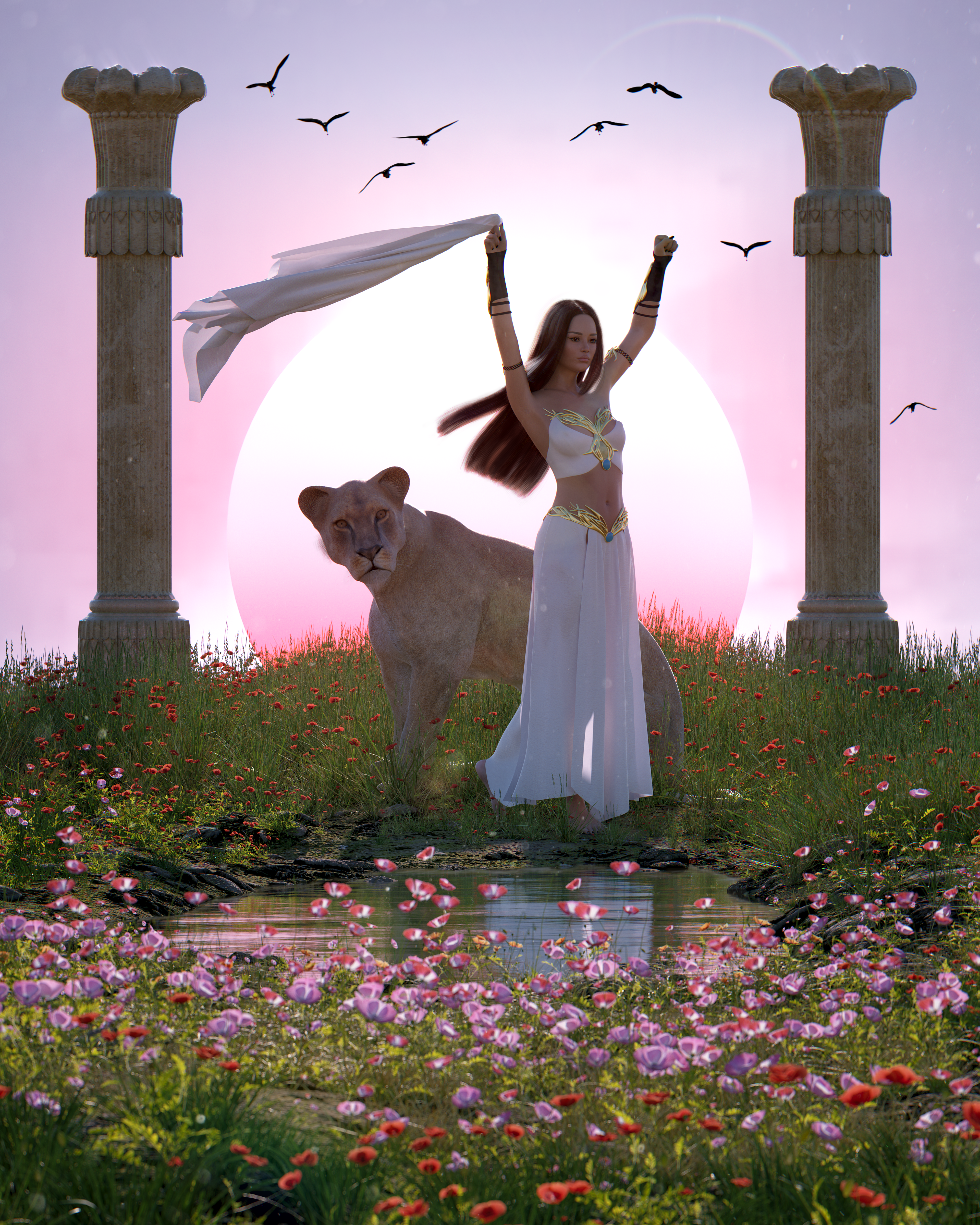LDR: Tell us about your art practice. Which topics do you address? What mediums do you work in?
ML: We have been experimenting with different mediums since we were very young. Our experiences and education abroad, as well as our life in Kazakhstan, helped us enrich our work and understand the subtleties between cultures and art practices.
All our work is based on architectural research in depth called project Interface which started as Madina’s Master’s thesis research in Architecture.
The project is developed around the idea of the Gestalt theory. The main idea of our work is the phenomenon of architectural space. We see space as a phenomenon that exists in the universe or anywhere where human perception can wander.
We focus on the idea of architectural space, enhancing the experience and perception of space within the concept of architecture and spatial design, all based on our experimentations and learnings.
Using 3D hand sculpting and digital hand drawing techniques, as well as other multimedia techniques, we create unique architectural spaces, landscapes and metamorphic architectural forms to enhance the moments of interaction, pressure, contact and proximity between the parts of the space.
We have also experienced space and distance in our lives and we focus on transforming our experiences into unique artworks that push the boundaries of the perception of space.
LDR: What art projects are you currently working on or looking forward to working on?
ML: We have been active in the NFT space for quite some time now, and have experimented with different platforms, exhibition spaces (online and offline) as well as outdoor experiences. Each one of those initiatives, from a simple drop on a marketplace to a screen in Times Square, has continued to make us explore space and our relationship to it, whether it is a physical space, an online space or a metaverse space.
Within our concepts, we create architectural space and bring it into an abstract dimension. This abstract dimension in many senses, for us, resembles the idea of cosmic space, a space with no gravity, and no point of reference, it helps us to push the boundaries of perception of architectural space.
Since joining the NFT space, we have been fascinated with the idea of the digital space of Web3. With our own experience of space, in our work and our lives, we feel a great connection with the digital revolution and the opportunities that the technology of Web3 brings to artists and creatives from around the world. That is why some of our work is focused on a concept that explores the landscape of the growing metaverse, where we want to focus on visualizing different stages of the creation and expansion of the digital space of Web3.


